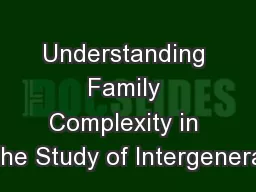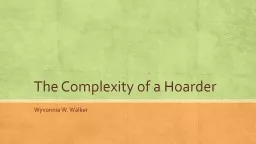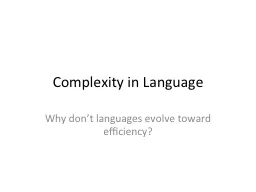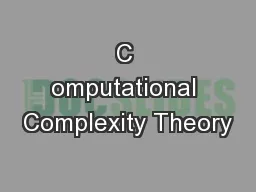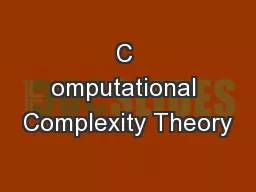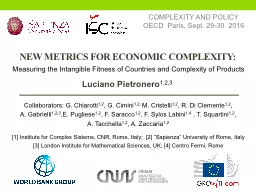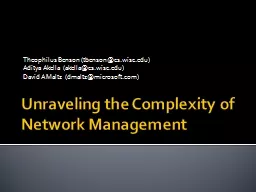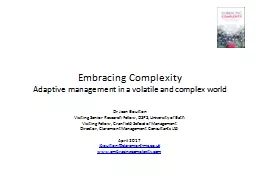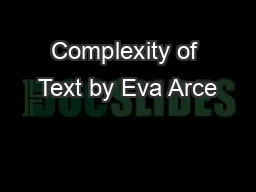PPT-Understanding Family Complexity in the Study of Intergenera
Author : pasty-toler | Published Date : 2015-09-19
Evidence from the Longitudinal Study of Generations Merril Silverstein PhD Professor of Gerontology and Sociology Davis School of Gerontology Department of Sociology
Presentation Embed Code
Download Presentation
Download Presentation The PPT/PDF document "Understanding Family Complexity in the S..." is the property of its rightful owner. Permission is granted to download and print the materials on this website for personal, non-commercial use only, and to display it on your personal computer provided you do not modify the materials and that you retain all copyright notices contained in the materials. By downloading content from our website, you accept the terms of this agreement.
Understanding Family Complexity in the Study of Intergenera: Transcript
Download Rules Of Document
"Understanding Family Complexity in the Study of Intergenera"The content belongs to its owner. You may download and print it for personal use, without modification, and keep all copyright notices. By downloading, you agree to these terms.
Related Documents

